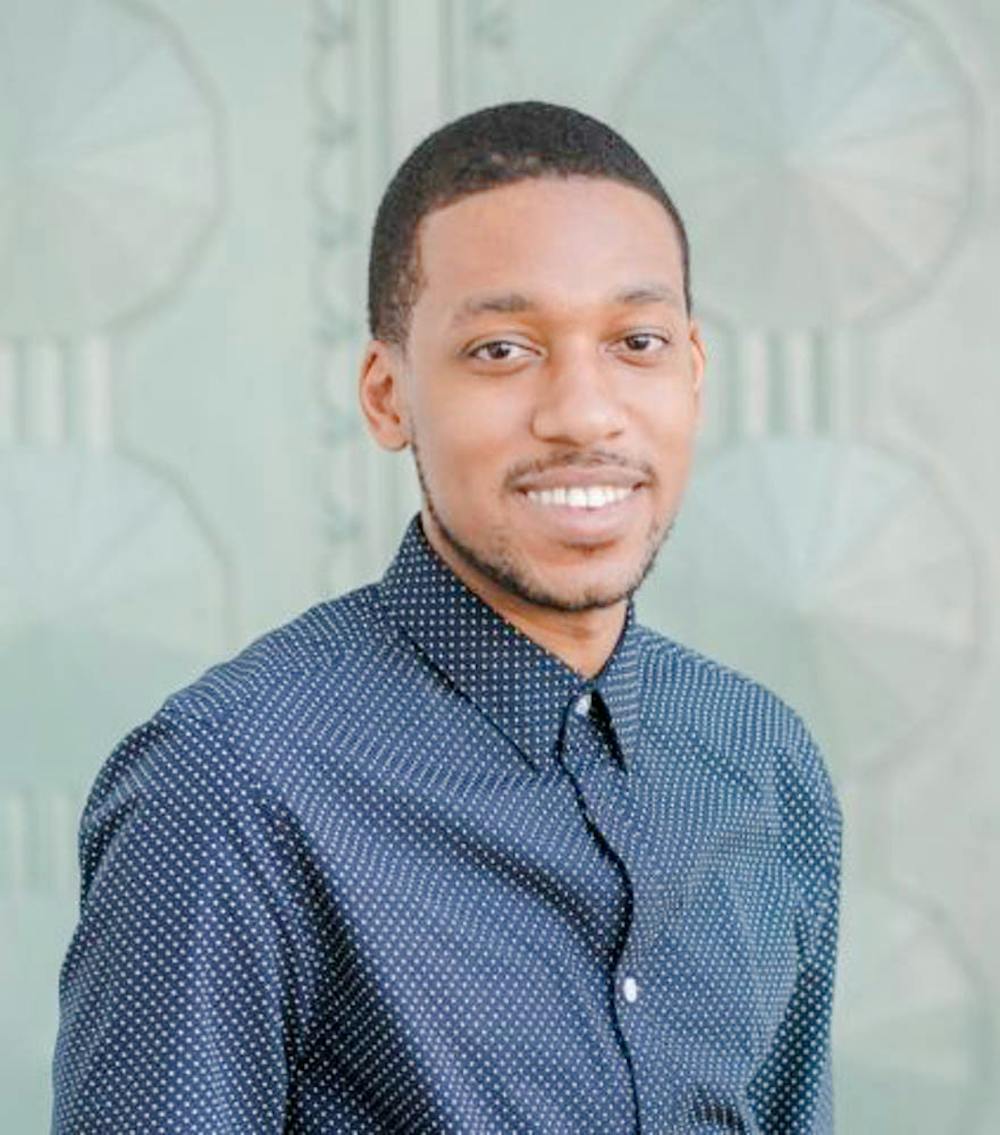If someone asked Lorin Crawford, an assistant professor of biostatistics, where he saw himself a decade after finishing high school, Crawford could not have guessed that in 2019, he would receive accolades including spots in Forbes 30 Under 30 in Science, The Root 100 list for the most influential African Americans between the ages of 25 and 45 and a Sloan Research Fellowship for the “most promising scientific researchers.” Despite graduating from college as a math major, Crawford said he felt drawn to interdisciplinary work and the opportunity to engage in different types of research when selecting his focus for his PhD. After receiving his doctoral degree in statistical sciences from Duke, Crawford came to Brown, pulled in by its energy and proximity to other research institutions, he said. Crawford, who arrived at the University in 2017, also said that he viewed it as the “perfect playground” to explore his interests and advance his research.
“My lab now is exactly what I pictured it being, but a lot of it was me just fully immersing myself, and I think being okay with being uncomfortable has been a really good part of my career,” Crawford added.
Crawford’s lab is based in the department of biostatistics at the School of Public Health and includes a group of graduate and undergraduate researchers in computational and molecular biology, applied math and biostatistics.
The lab investigates the impacts of mutations — changes in the DNA that affect gene expression and consequently physiological traits in the body — on medical conditions, such as diabetes, Crawford said. The lab also considers how such mutations differ across populations. The team has utilized computer algorithms and statistical methods through machine learning to deduce how genes coding for various physical characteristics, or phenotypes, multiply together to influence processes in the body. Using these methods, the team hopes to identify the ways that cancer cells adapt to evade treatment, Crawford said.
The lab has also used topological data analysis to understand the relationship between biological characteristics and shape, providing insight into the biological mechanisms or genetics behind these characteristics. The lab’s initial project on this topic involved studying the correlation between two types of primates’ molars and their eating abilities. But the researchers intend to apply the same underlying ideas and methods to brain cancer. They hope to use the structure of an initial tumor from an MRI to predict how quickly the disease may return after surgery or possibly find a way to completely eliminate it from the start, Crawford said. Medical applications of machine learning carry risk in that small errors can lead to harmful repercussions, but a benefit in this case is that analysis from these tumor images would be non-invasive, he added.
To put his research ideas together, Crawford said he relies on his broad scope of knowledge, his creativity and effective communication. “In academia now, I think that you should really be able to speak multiple academic languages,” he said. In addition, clear communication allows individuals who lack prior understanding of the science underlying his research to grasp the major concepts behind his discoveries.
Through his work, Crawford now sits alongside figures like athlete Serena Williams and Rep. Ilhan Omar (D-Minn.) on The Root 100 list, according to a department of biostatistics press release. Forbes Magazine also recognized Crawford on its annual 30 Under 30 list for his scientific contributions.
Crawford attributes his success to his self-confidence and the academic institutions in which he worked and studied, he said.
Students in Crawford’s lab praise him for standing by his values. His “ideas are so refreshing, and the way he explains them, everything makes sense,” said Gabby Fera ’20, a student researcher in the lab.
“He doesn’t let accomplishments cloud his work and his mentorship,” said Chibuikem Nwizu ’17 GS said, adding that he “talks very visually about his research, and he puts (his research) in terms of everyday objects that you and I would understand (by) gauging what you are interested in.”
Crawford has lent students support and insight about how to excel in similar fields. For example, Nwizu has incorporated Crawford’s concepts of topology into his research on cancer causes.“One of the things that I really wanted to see was a role model that I could … strive to be like, and (Crawford) knows what it’s like to navigate different spaces, being a person of color … and being an individual who has ideas that may not go along with the norm,” Nwizu said.
Crawford’s success “motivates me and also shows me that it’s possible to excel early on in your career,” Fera said. “It’s nice to be reassured that if you do work hard, you can do what you want to do,” she added.





